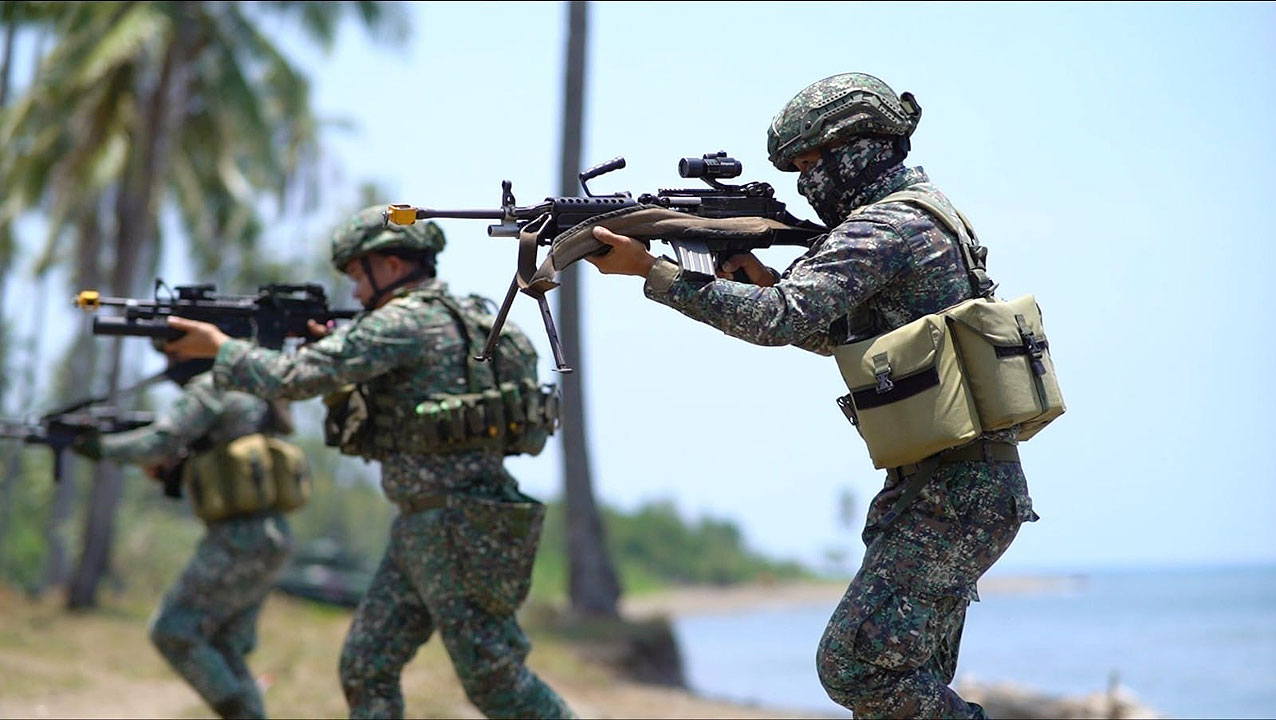
THE PHILIPPINE Senate should focus on pushing for military modernization over proposals that seek mandatory military training for students and civilians amid tensions in the South China Sea, a senator said on Monday.
“The best course of action at the Senate is to judiciously increase support for military modernization, especially for the Philippine Navy among other aspects of national defense,” Senator Ana Theresia N. Hontiveros-Baraquel said in a news briefing mixed English and Filipino.
“This (South China Sea tensions) should not be used as an excuse (for mandatory Reserve Officers’ Training Corps), which I think is not the right policy direction.”
She said it would be more useful to have a smaller but more efficient armed force instead of a large military force composed of civilians forced to serve.
Senate bills pushing for mandatory Reserve Officers Training Corps or ROTC programs in schools are set for plenary debates in the coming weeks, she added.
Tensions in the South China Sea have intensified after incidents of the Chinese coast guard firing water cannons at Philippine vessels and have blocked resupply missions to a dilapidated World War II era in the Second Thomas Shoal.
Japan and Australia last year expressed willingness to take part in the Philippines’ joint maritime patrols with the US.
In December, the Senate passed on third and final reading a bill that seeks to boost the country’s defense program through investments in local defense equipment manufacturing amid its dispute with China in the waterway.
Senate Bill No. 2455 will task the Department of National Defense to develop a self-reliant defense posture program that will encourage manufacturers to produce weapons and defense systems in the country for local use and exports.
The measure will give the agency P1 billion in funding.
Chinese President Xi Jinping last week called on his country’s armed forces to coordinate preparations for military conflicts at sea and help in the development of the maritime economy.
China claims more than 80% of the South China Sea based on a 1940s map, which a United Nations-backed arbitration court voided in 2016.
The Philippines has been unable to enforce the ruling and has since filed hundreds of protests over what it calls encroachment and harassment by China’s coast guard and its vast fishing fleet. — John Victor D. Ordoñez



